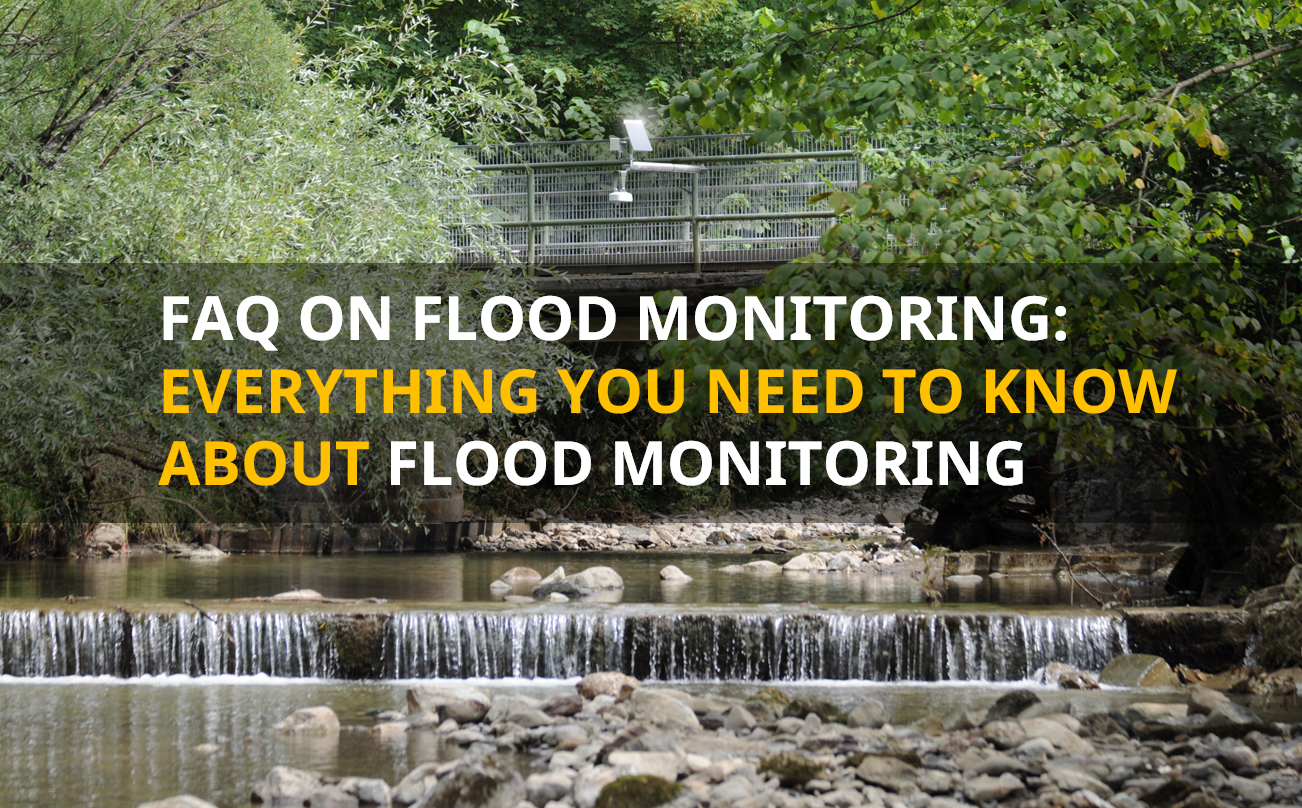FLO cycling are the twins Jon and Chris Thornham, originally from Dartmouth, Canada selling carbon-fibre wheels to racing cyclists around the world. In the following, Chris reports on the wheels aerodynamics with the help of a classic Lufft wind sensor and explains why this was necessary for the product development.
FLO Cycling is the company of the twins Jon and Chris Thornham from Canada, Dartmouth. They turned their hobby into a career and developed revolutionary racing bike wheels out of carbon fiber, which they successfully sell around the world. In 2014, they developed a new concept for their product line, for which five development steps were required. Overall, the redesign project took 15 months and is described on the FLO Cycling website. One of the five steps in which they recorded environmental data for research purposes Chris reports on in the following…
Why Log Data?
How can you design an aerodynamic cycling wheel if you don’t know how the cyclist interacts with the wind while riding? The short answer is that you can’t. There have been several theories about average yaw angles. Some studies have suggested that average yaw angles are relatively shallow, 10 degrees and below, while others have suggested that a cyclist spends 80 percent of their time between 10 and 20 degrees of yaw. Our 2012 wheel line was designed around the theory that suggested higher yaw angles.
Before we began working on redesigning our wheel line, we knew we needed to gain a full understanding of what actually happens while on the road. We also needed to understand what happened in specific riding scenarios such as riding along the coast, drafting, climbing, and descending.
How Did We Collect Data?
In order to collect real-world data, we needed to build a device that could record live wind data while riding. Not only did the sensor have to be accurate, it needed to be precise, and it needed to collect measurements at a high enough frequency to make the data useful. Our data-collecting device was comprised of three key components that were assembled together: a data logger from Onset, a reltive velocity sensor also from Onset and a yaw angle respectively flow sensor from Lufft.
The Yaw Angle Sensor
A yaw angle sensor measures the angle of the wind interacting with the cyclist. As an example, if the wind was blowing directly at you from the front of your bike, your yaw angle would be zero degrees. If the wind was hitting you directly on your right-hand side, the yaw angle would be 90 degrees. Finding a yaw angle sensor with a high enough accuracy and low enough resolution ended up being quite challenging. In the end, we had to special order the Lufft Wind Sensor Professional Model 14521 from the Germany measurement instrument manufacturer. Here are some of the key specifications on the yaw angle sensor:
- Output: 4-20mA
- Accuracy: +/- one degree
- Resolution: Less than one degree
Adding the Bike
After assembling the data logger and sensors, we needed to connect it to a bicycle. We chose to mount the unit at the front of the bicycle because we wanted it to be the first thing in contact with the air. We didn’t want any interference with the rider’s body or parts of the bicycle.
Our data logger records a yaw angle and relative velocity measurement every second it is on the road.
What Data did we collect?
We chose to ride our data logger on a variety of Ironman race courses, and in a large variety of riding scenarios (descending, climbing, coastal riding, wooded areas, drafting, sprinting). We also mounted a GoPro to the bike that allowed us to sync the numbers with what was happening at the time of any event.
The Total Amount of Data Collected
In total we collected 55,000 readings or 110,000 measurements. Before this data could become useful, we knew we needed to analyze the data to look for patterns that would help us design better cycling wheels.
Find the next steps and the full story at the FLO Cycling Blog.


